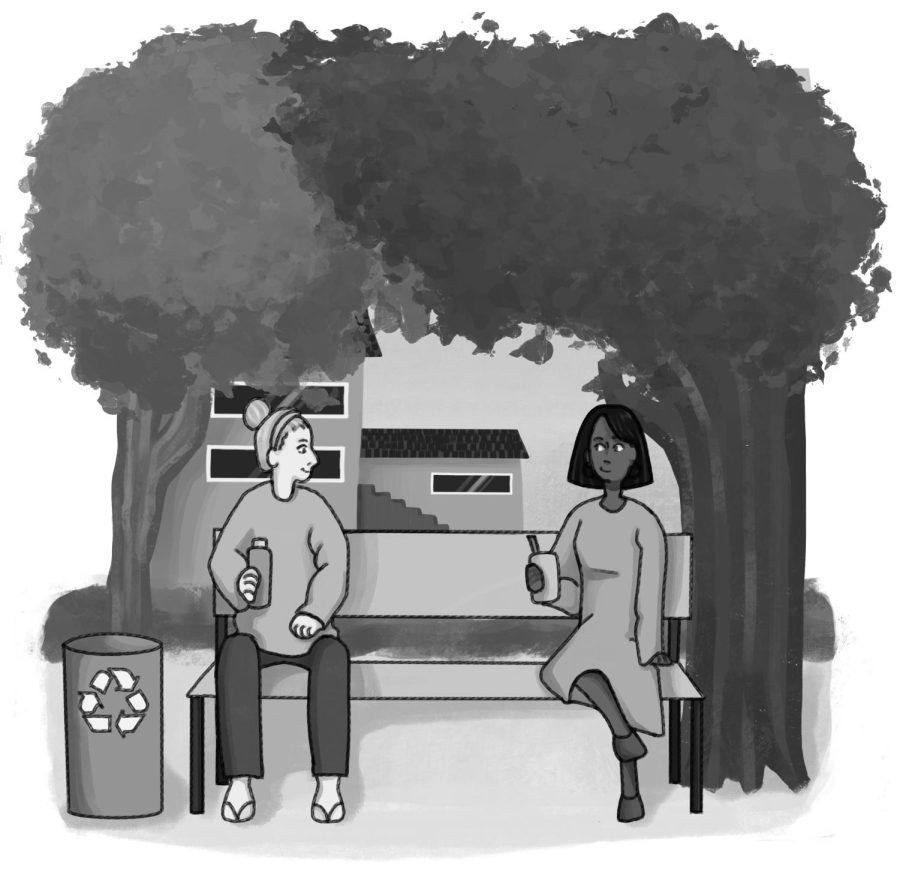Guest Editorial: School sustainability
March 30, 2022
Last September, members of the school community were asked to fill out a Visions Survey, reflecting on what we might continue, change and create as our leaders reimagine our school’s Visions. I was eager to respond, enthusiastic about the possibility of bringing environmental stewardship and sustainability efforts to the forefront of our priorities. But when the administration shared the survey results in early February, I was disappointed that climate and sustainability were not prioritized. If that is an accurate reflection of our values as a community, we need to strive harder to fulfill our stated mission. Joy, educational excellence and purpose beyond ourselves are meaningless without a safe and healthy future for the planet.
Climate change, pollution and biodiversity loss are human-made problems whose consequences are already being felt today. I understand these issues can be easy to ignore. The wealth and privilege enjoyed by most in the school community allow us to experience little more than the discomfort of increasingly hot summers. For hundreds of millions of people around the world, however, the situation is already costing lives and creating climate refugees. Sadly, the scientific consensus is that we’re on a trajectory for things to get much worse.
It’s easy to sit back and say we are not doing enough, but we should ask ourselves how we can do better. On Feb. 8, the Los Angeles Unified School District (LAUSD) passed a resolution on climate literacy to address climate change and environmental injustice, setting concrete goals to implement relevant discussions across all subjects. With the incredible resources and teachers at our school, we could enact a similar program. We are all tired this year, but being exhausted today cannot be used as an excuse to avoid teaching our students about the urgency of the current environmental situation and the steps that must be taken to avoid some of the most serious consequences we face.
Obviously, no one school can fix the global environmental crisis, though I believe we can be leaders in modeling what responsible schools should look like. A school is nothing if not an investment, and serious consideration of the future must include environmental protection and sustainability on campus.
We have made recent progress in becoming more diverse and inclusive, and I am proud to be part of a community that continues to support that important work. Because environmental injustice disproportionately impacts communities of color, environmental stewardship must be part of the diversity, equity and inclusion work we are committed to.
The sustainable design of River Park is also a great step toward demonstrating our commitment, and now is the time to bring that mindset to our already existing campuses. Conserving water, transitioning to renewable energy and reducing plastic and other waste are achievable goals. Our students’ future depends on so much more than college admissions. Students deserve to see that their school recognizes the urgency of the environmental crises, is striving to model solutions within our community and is preparing them for the challenges that lie ahead.



























